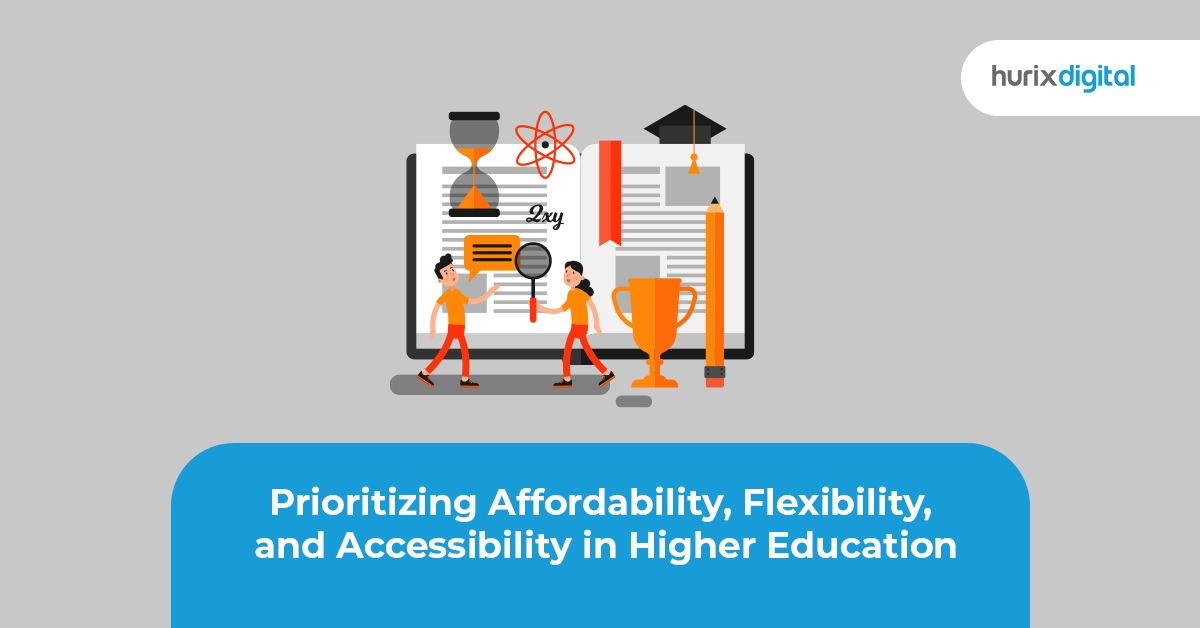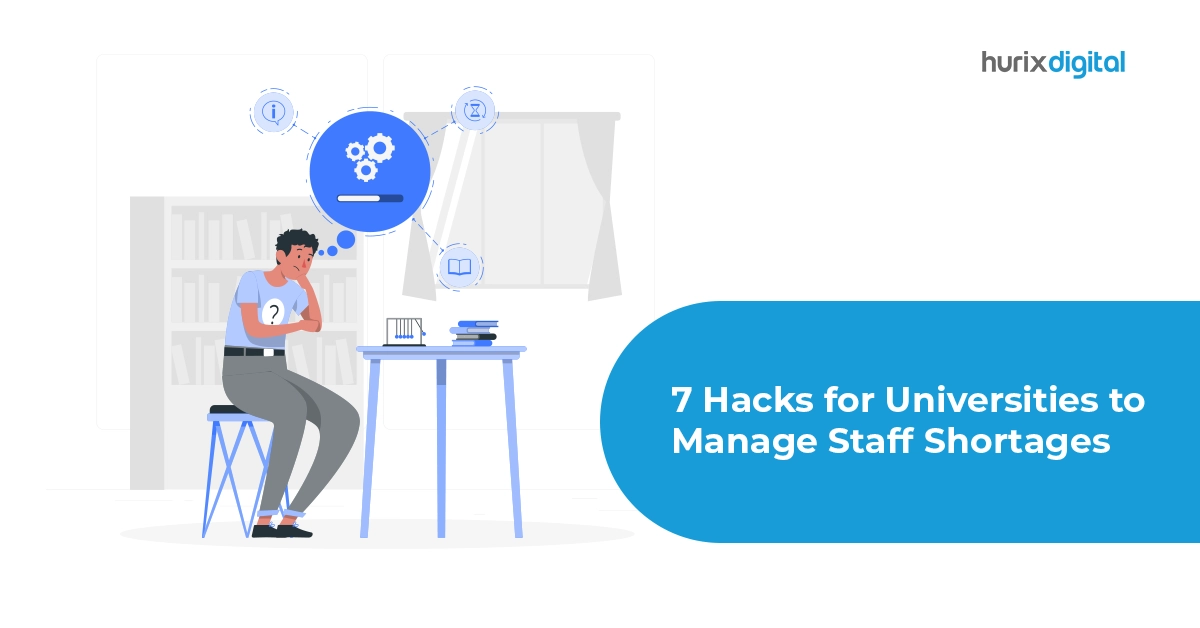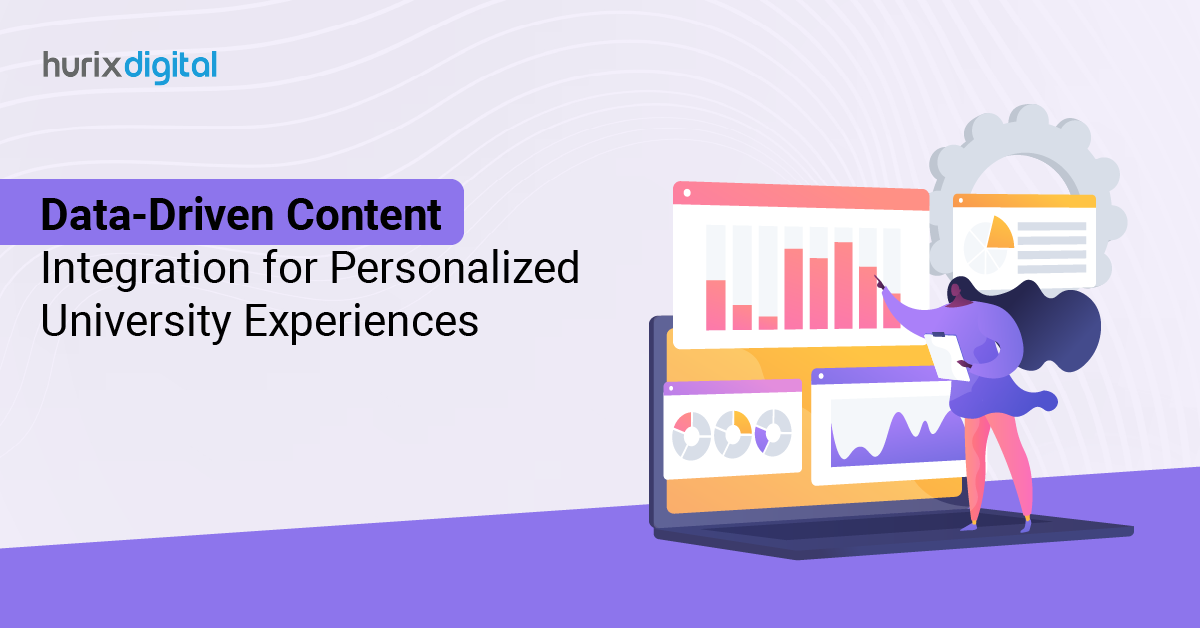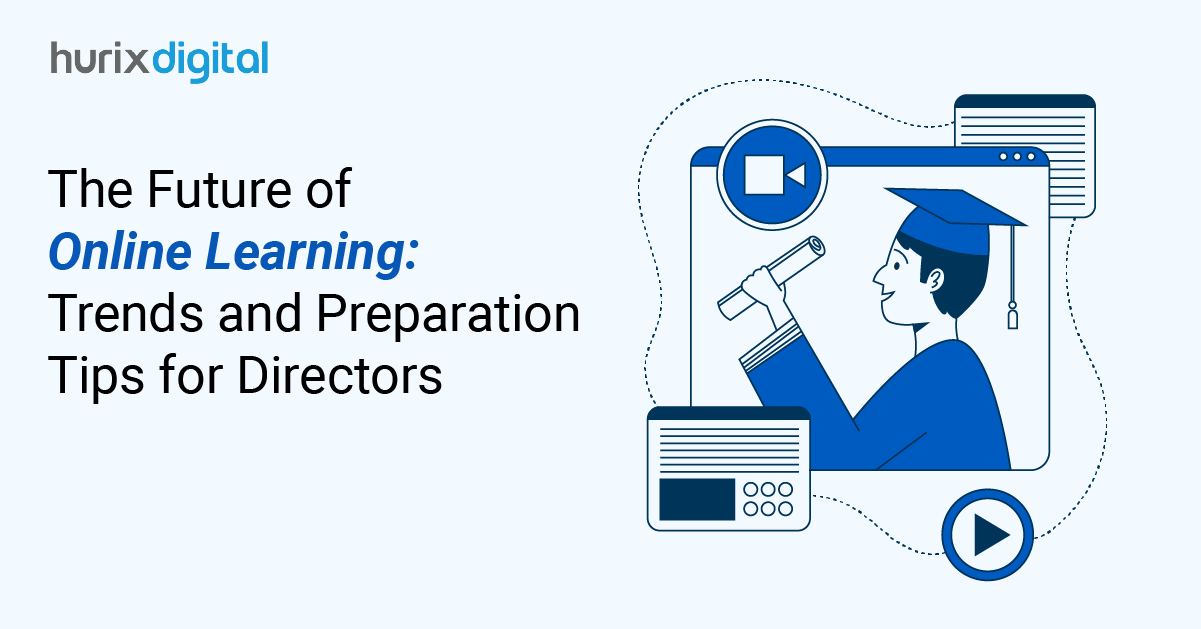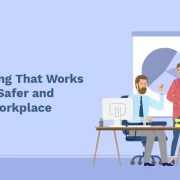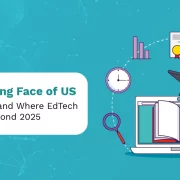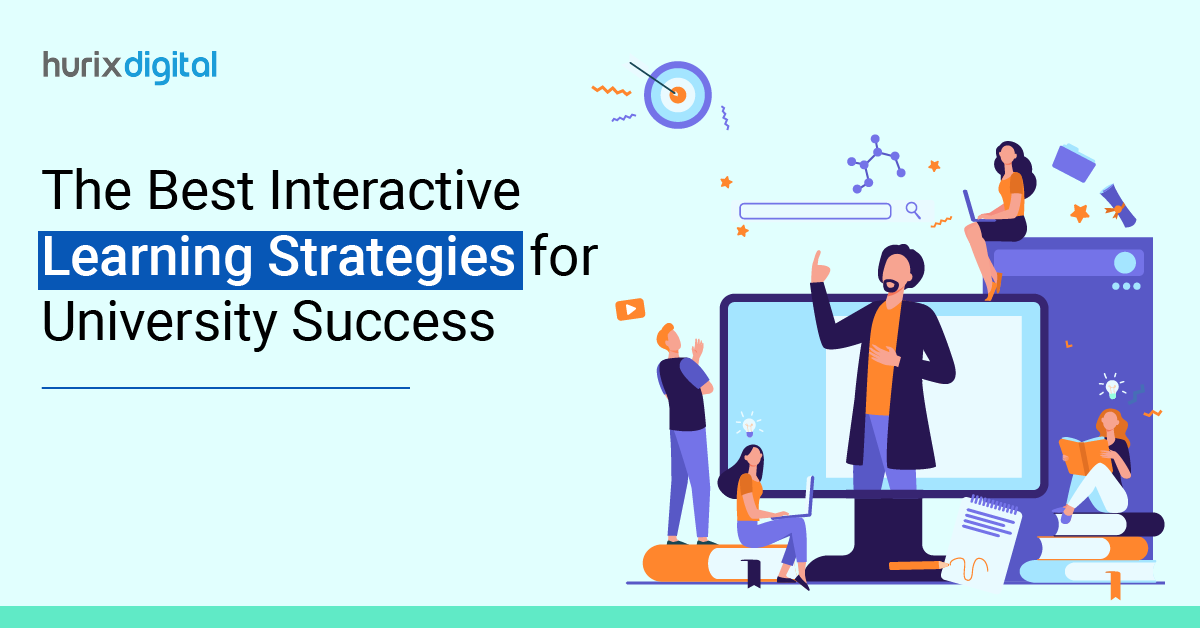
The Best Interactive Learning Strategies for University Success
Summary
This guide explores transitioning from passive lecturing to interactive learning with techniques like flipped classrooms, gamification, and digital tools for personalized, data-driven education.
In the fast-moving landscape of universities, depending on simple traditional pedagogies may not meet the needs of students. Modern university students may feel disengaged with the traditional lecture-based mode of teaching.
Interactive technology was already available to 87% of students in 2020, wherein every student is encouraged to practically apply and reflect on what he has learned. Therefore, university instructors are seeking to incorporate student-centered pedagogy and interactive learning strategies.
These are essential resources for maintaining student engagement, motivation, and academic performance. Interactive learning strategies emphasize authentic problem-solving and improve students’ capacity to remember information for a longer time.
This guide delves into the best practices in education and student-centered approaches that can lead universities toward excellence.
Table of Contents:
- Importance of Interactive Learning Strategies
- Interactive Learning Strategies for Success at University
- How Universities Can Implement the Best Interactive Learning Strategies Using Digital Tools
- Conclusion
Importance of Interactive Learning Strategies
In today’s constantly shifting academic environment, interactivity has become an absolute requirement for promoting higher education success in universities. Existing research findings support the concept that student-centered pedagogy is effective.
For instance, students involved in more active learning environments show higher levels of satisfaction and academic results than students who were enrolled in traditional classrooms.
Let us understand some features:
- Modern and effective teaching strategies place the student at the center of the learning process.
- Students are encouraged to take ownership of learning, thereby enhancing engagement, motivation, and academic outcomes. Students find interactive and technology-enriched learning more engaging than traditional learning.
- Universities prepare students for a successful career and make them lifelong learners using engaging learning experiences.
- Digital content services enable numerous forms of multimedia content delivery in an innovative way that instructors may use to produce learning experiences.
- This technology can help educators insert videos, quizzes, simulations, and discussions in eBooks and convert them into exciting learning tools.
Also Read: 5 Ingenious Ways to Prep Learners for New Professional Opportunities in Higher Education
Interactive Learning Strategies for Success at University
Here are some of the best practices in education that have been shown to work in creating engaging learning experiences at university:
1. Flipped Classrooms
Students go through the material, such as video lectures or readings, before the class sessions. The class sessions provide enough time for interactive and hands-on experiences. This makes it easier for the students to learn since they engage in more problem-solving and discussions rather than merely passively receiving lectures.
2. Gamification and Simulation-Based Learning
Gamification refers to the inclusion of game-like elements such as rewards, points, and challenges into learning activities. Some examples include simulation-based learning that lets students practice in a controlled environment.
For instance, virtual labs are a good example of STEM courses. Research says that gamification improves students’ overall engagement and fun of learning and positively impacts their interest, motivation, and understanding.
74% of teachers have used digital game-based learning to make their lessons better. Studies have also revealed that game-based learning can absorb 93% of class time on class work.
3. Advanced Technology Measures
The utilization of technology in the classroom decreases the learning gap of remote students along with accessibility. 11% of university students stated they use their cell phones to learn. 6% of them stated they use mobile phones to complete homework faster.
This means that universities must cater to the ‘Mobile-First’ educational objective and offer integral resources to students on their smartphones.
4. Role-Playing and Scenario-Based Learning
Role-playing exercises create professional scenarios that require a student to walk in other people’s shoes and be able to comprehend their issues.
The most useful technique in training students for social sciences, communications, and management is certainly role-play, where they practice negotiation and interpersonal skills in a safe environment.
5. Self-Paced Learning Modules and Microlearning
Self-paced modules allow a learner to study at their own speed. This works perfectly in online and hybrid settings, allowing freedom but never letting a learner fall into the accountability trap.
Microlearning is an efficient way of sharing knowledge. Microlearning improved the performance levels of learners by 17% and increased engagement by 50%.
How Universities Can Implement the Best Interactive Learning Strategies Using Digital Tools
Here’s how digital platforms support interactive learning strategies and improve educational outcomes:
1. Create Interactive, Enriched Multimedia Content
Digital environments transform static content into interactive, rich multimedia content that catches the student’s attention and enhances their understanding. Technological tools enable educators to embed videos, interactive quizzes, and simulations with animations that transform static learning content into an exciting experience.
2. Maintain a Data-Centric Approach
Data-centric approaches encourage universities to implement interactive learning strategies to deliver adaptive, personalized learning experiences and engaging learning. Using predictive analytics based on universities’ historical data, it is possible to predict the performance of future students and which of them are likely to underperform.
With a data-based approach, universities can assess the performance of the materials used for courses. Data can be a source of information about how effective teaching strategies are as the instructor continuously tries to improve them.
3. Promote Personalized Learning Paths
Using digital tools, universities can provide customized learning pathways to student learners. Such an approach offers not only personalization but also a basis for readiness, diverse needs, and individual learning speeds. This results in better academic performance and a lower dropout rate.
4. Offer Real-time Feedback for Enhanced Learning Results
Educators can monitor student learning progress using data from quizzes, assessments, and participation metrics and provide immediate feedback to serve and address areas of difficulty as they arise. A responsive approach allows students to identify their weaknesses and improve on these; retention and learning will be improved.
5. Increase Accessibility and Flexibility
The digital platforms make learning materials accessible. Catering to a diverse group of learners empowers universities to enhance accessibility, inclusivity, and diversity. This flexibility encourages students to fulfill their academic responsibilities while attending to other personal and family commitments.
Also Read: 5 Innovative Ways to Utilize Alternative Credentials in Education
Conclusion
Integrating interactive learning strategies into university education is no longer an option but a need to encourage the best of academic excellence and lifelong skills in today’s students. Digital platforms facilitate universities’ breaking through traditionally defined barriers and offering students dynamic, personalized, and collaborative learning experiences to prepare them for success in real life.
Contact the experts at Hurix Digital and implement innovative teaching methods and best practices in education to promote an interactive student-centered pedagogy for a new generation.
Get our help to learn about interactive learning strategies and make education more engaging for your learners.

Senior Vice President – Business Development
Over 25 years of experience in the edtech and workforce learning industry with strong skills in Business Development, Customer Relationship Management (CRM) and Strategy.
